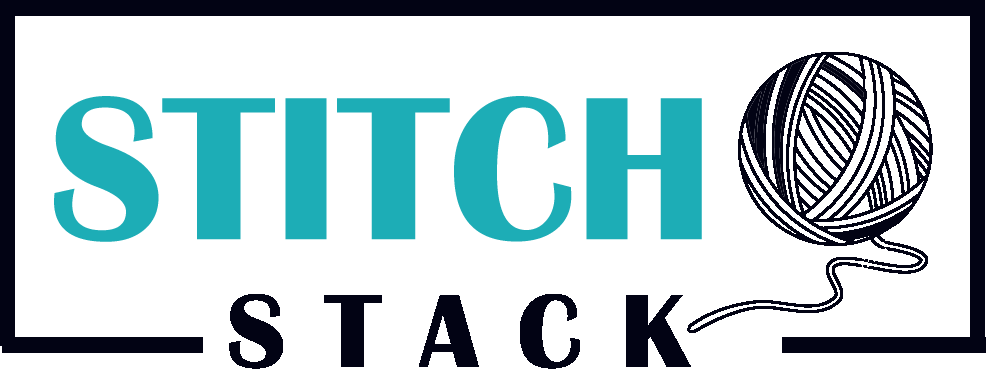There aren't any posts currently published in this category.

Embroidery Digitizing which was considered more of a hobby, a craft work, just a few years back, has grown in prominence and has become a much more developed and technologically advanced method of design enhancing medium. Thus the embroidery digitizing came to be, where technology collided with the world of embroidery and became a much smarter way to achieve better results from a (somewhat antiquated) art form. Be it for adding depth to the garment, adding company logos or even serving as a base for the design to be used in a fashionable way, the importance of embroidery digitizing is impossible to ignore.
In purest sense, embroidery digitizing is the process of converting any artwork, images, text, any sort of design, into an embroidery design which the embroidery machine can understand and execute the embroidery on the garment. Just like the traditional embroiderers, digital embroideries need artisans of their own kind called Digitizers or Punchers, the highly skilled individuals who are able to turn any design, be it logo, photo, illustration of any kind into a set of specific commands through various software, which are later converted into specific machine readable format, to be executed, i.e. embroidered by the machine on a specific garment.
The art of embroidery digitizing is not easy, it has a language of its own that takes time to learn, understand and appreciate, the better the software, the more the digitizer is able to do obviously, still, even the basic features can be a bit complex for a newer user. A skilled and apt digitizer is purposeful and efficient from the get go of the digitizing process. Not only are they mindful of the design and the dimensions to work within, they consider the type of fabric that specific design will be embroidered on and make necessary adjustments, such as compensating for the push and pull and laying proper and more (or less) stabilizing underlay.
As amazing as the digitizers are, they need embroidery software to do the digitizing process. Each embroidery digitizing software varies from the other and the important thing to note here is that the requirement of the software depends on the machine that will eventually embroider the design. For example, if one has an industry standard Tajima Pulse embroidery machine, they would need software that is able to create source design files that are readable by this specific machine. Although, each machine has its own complementary software and can be obtained at a discounted rate, sometimes free (if purchased with the machine) still most software are able to generate files which are more universal like DST, hence readable by majority of the embroidery machines of today, not just for their own specific machine.
Embroidery digitizing is not just a fad; it has become the mainstay and an industry in itself.
Advantages of using Embroidery Digitizing
Economical
Cheaper to produce, both design and the embroidery
Fast
Faster as embroidery dine mechanically
Consistent
Consistent as the process is automated
Accessible
Most complex of designs can be easily digitized using embroidery software
Why outsource embroidery digitizing services to DigitEMB?
Buying an embroidery software is expensive and highly technical to use so digitizer yourself may not be a favorable option.
Savings, would not have to hire Digitizer.
Will enable you to focus on the more important service of your business, the embroidery process.
Highest possible quality as all our staff is technically proficient and exceedingly trained.
Reduced risk as we embroidery digitize with all the information provided in mind and also send sew out (photographic representation of the embroidered design) for the customer to approve before finalizing it.
